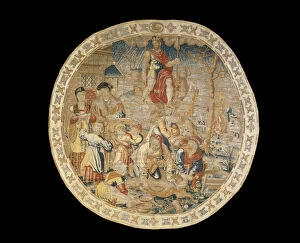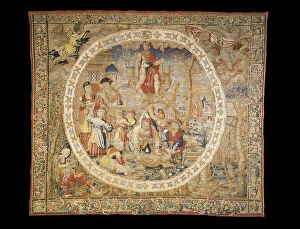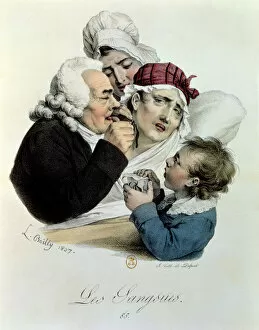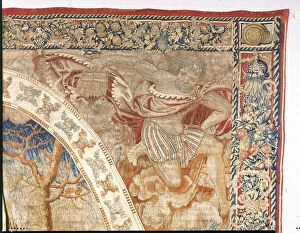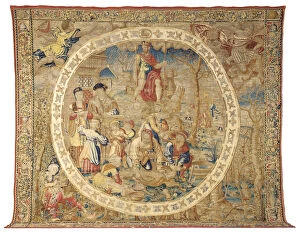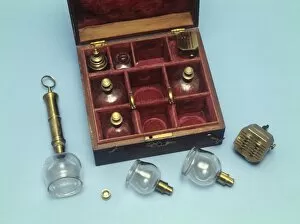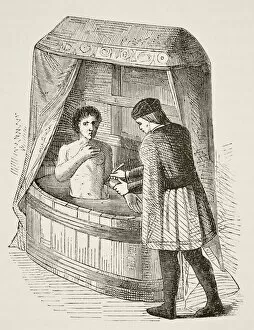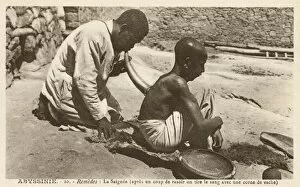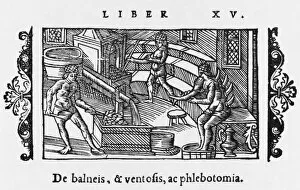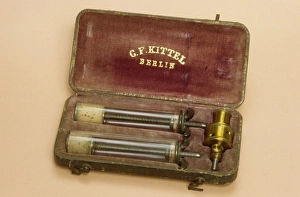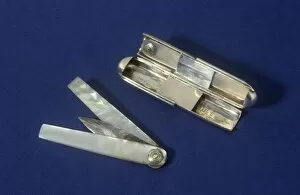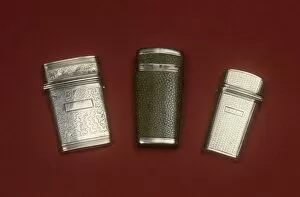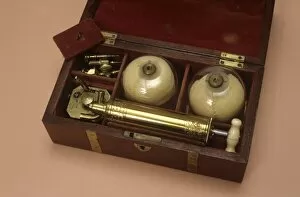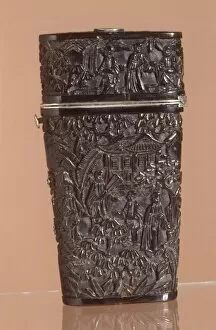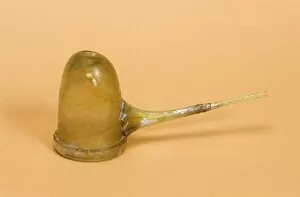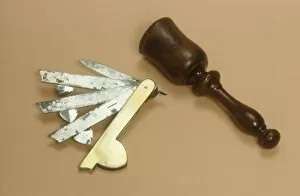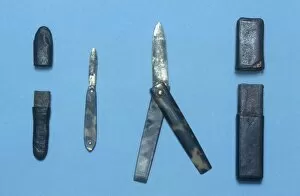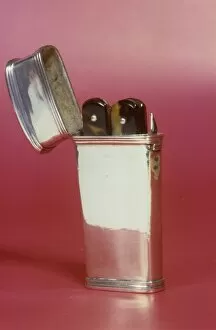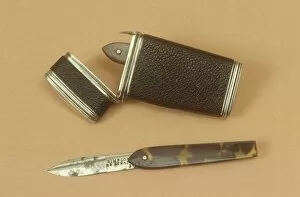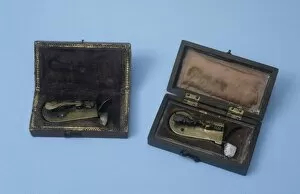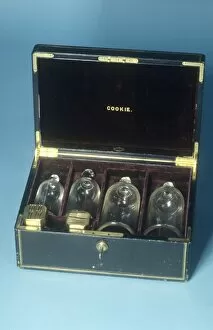Blood Letting Collection
"Blood Letting: A Historical Practice Unveiled" In the realm of medical history, it has long been a controversial and intriguing topic
All Professionally Made to Order for Quick Shipping
"Blood Letting: A Historical Practice Unveiled" In the realm of medical history, it has long been a controversial and intriguing topic. From ancient civilizations to the Renaissance era, this practice has left its mark on humanity's quest for health and well-being. One glimpse into this captivating world can be found in the Brussels allegorical tapestry depicting the month of December. Amongst scenes of winter festivities, we catch a glimpse of physicians engaged in bloodletting procedures. This artwork serves as a reminder that blood letting was once considered an essential part of medical treatment. Delving deeper into this subject, we encounter another fascinating artifact - an engraved image from 1827 titled "Leeches. " The intricate details showcase how leeches were utilized during bloodletting sessions to extract vital fluids from patients' bodies, and is through such visual representations that we gain insight into the techniques employed by doctors throughout history. Moving forward, our exploration takes us to a colored engraving named "Bleeding the Beauty. " This piece encapsulates both the allure and controversy surrounding bloodletting practices. While some believed it enhanced beauty and vitality, others questioned its efficacy and potential harm. As we return to the Brussels allegorical tapestry depicting December's scene once more, we are reminded that even amidst joyous celebrations, medicine played a significant role in people's lives. Blood transfusion from animals like dogs was experimented with as early as those times when scientific knowledge was still evolving rapidly. The study of injections also emerges within our narrative through an engraving captured in black and white photography. This particular image sheds light on how medical professionals explored various methods beyond traditional bleeding practices to administer treatments directly into veins—a testament to their relentless pursuit of progress. Our journey concludes with yet another glance at December's tapestry; it becomes evident that breathing life back into individuals by opening veins remained an integral part of medical care until relatively recent times.






